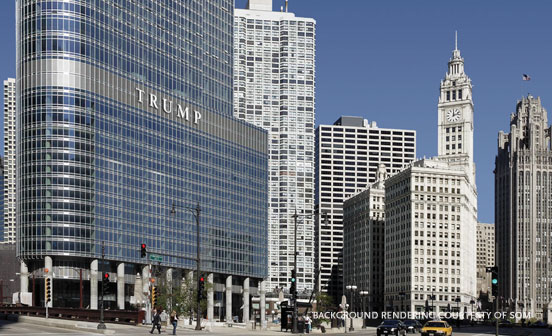march 17, 2014 by david j. shestokas
filed under: constitution educational series tagged with: amendment, bill of rights,civil rights, constitution, criminal law, felony, fifth amendment, grand jury, legal process, miranda, natural law, supreme court
The Fifth Amendment
“No person shall be held to answer for a capital, or otherwise infamous crime, unless on a presentment or indictment of a grand jury, except in cases arising in the land or naval forces, or in the militia, when in actual service in time of war or public danger; nor shall any person be subject for the same offense to be twice put in jeopardy of life or limb; nor shall be compelled in any criminal case to be a witness against himself, nor be deprived of life, liberty, or property, without due process of law; nor shall private property be taken for public use, without just compensation.”
Protecting “Inalienable Rights” with the Fifth Amendment
The Fifth Amendment’s first four rights define procedures involvinggrand juries, double jeopardy, self-incrimination, and due process. These procedures are to protect a person’s life and liberty from government action. The fifth procedure is designed to protect property, preventing the government from taking property without compensation to the owner.
The Fifth Amendment’s protections for life, liberty and property exist to limit the government’s interference with the inalienable natural rights of the Declaration of Independence.John Locke, the philosophical father of the Declaration, defined the right to benefit from one’s labor, that is to own property,1 as the third inalienable right. Thomas Jefferson substituted “pursuit of happiness” for “property” in writing the Declaration.2
Grand Juries Place Citizens Between the Government and the Accused
The Fifth Amendment requires that before the federal government3 can prosecute someone for a felony (capital, or otherwise infamous crime) it must present the evidence to a grand jury.4 A prosecutor presents evidence to a group of citizens (grand jurors) and those citizens determine, by a majority, if the government has enough evidence to indict (accuse) and prosecute someone for a crime.
Please RT

